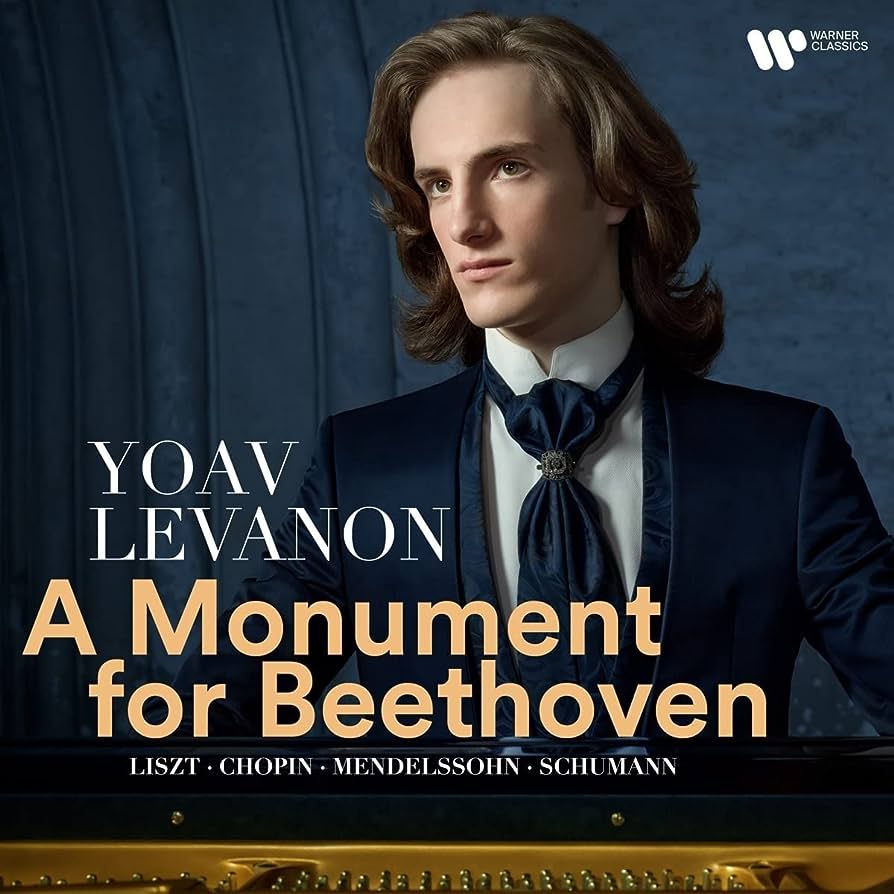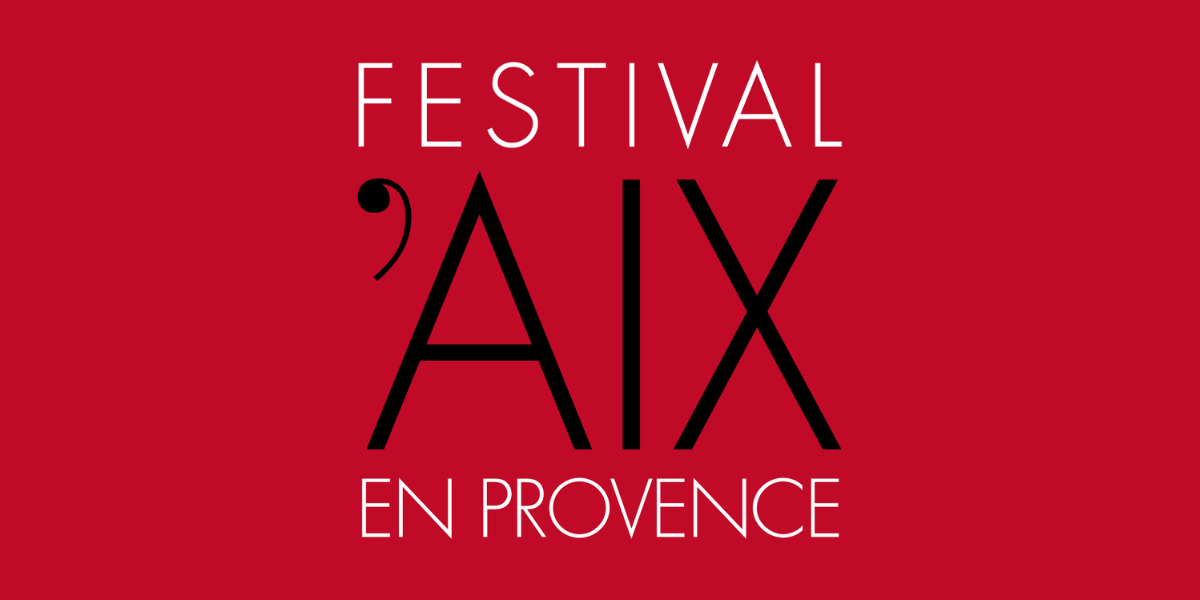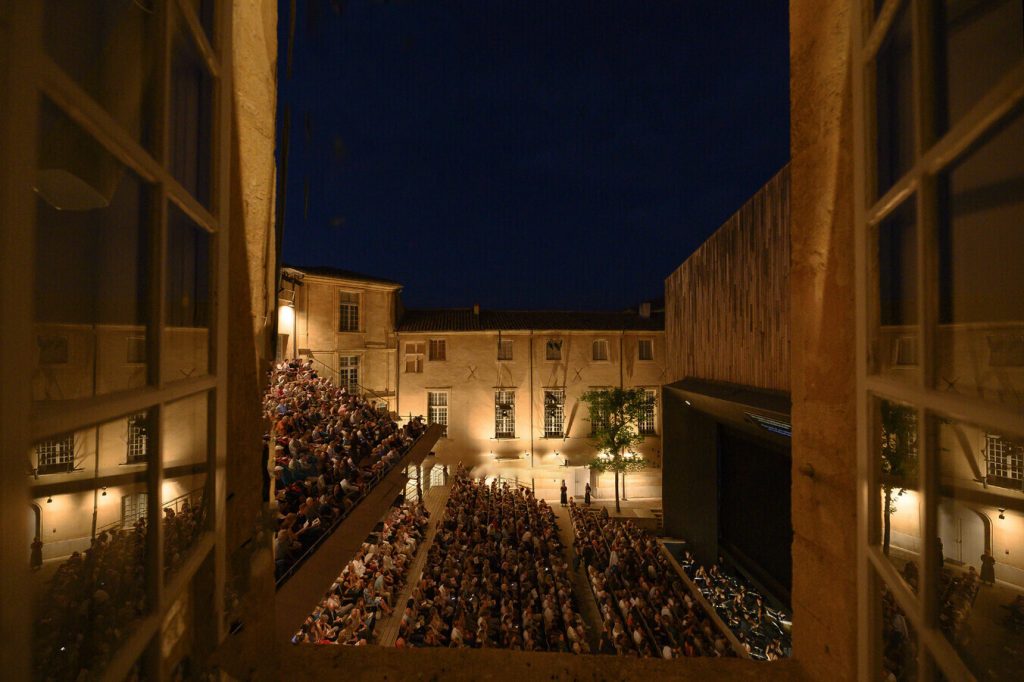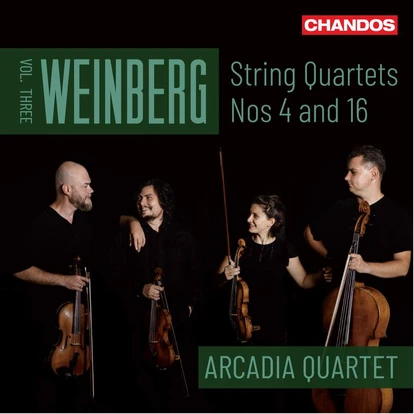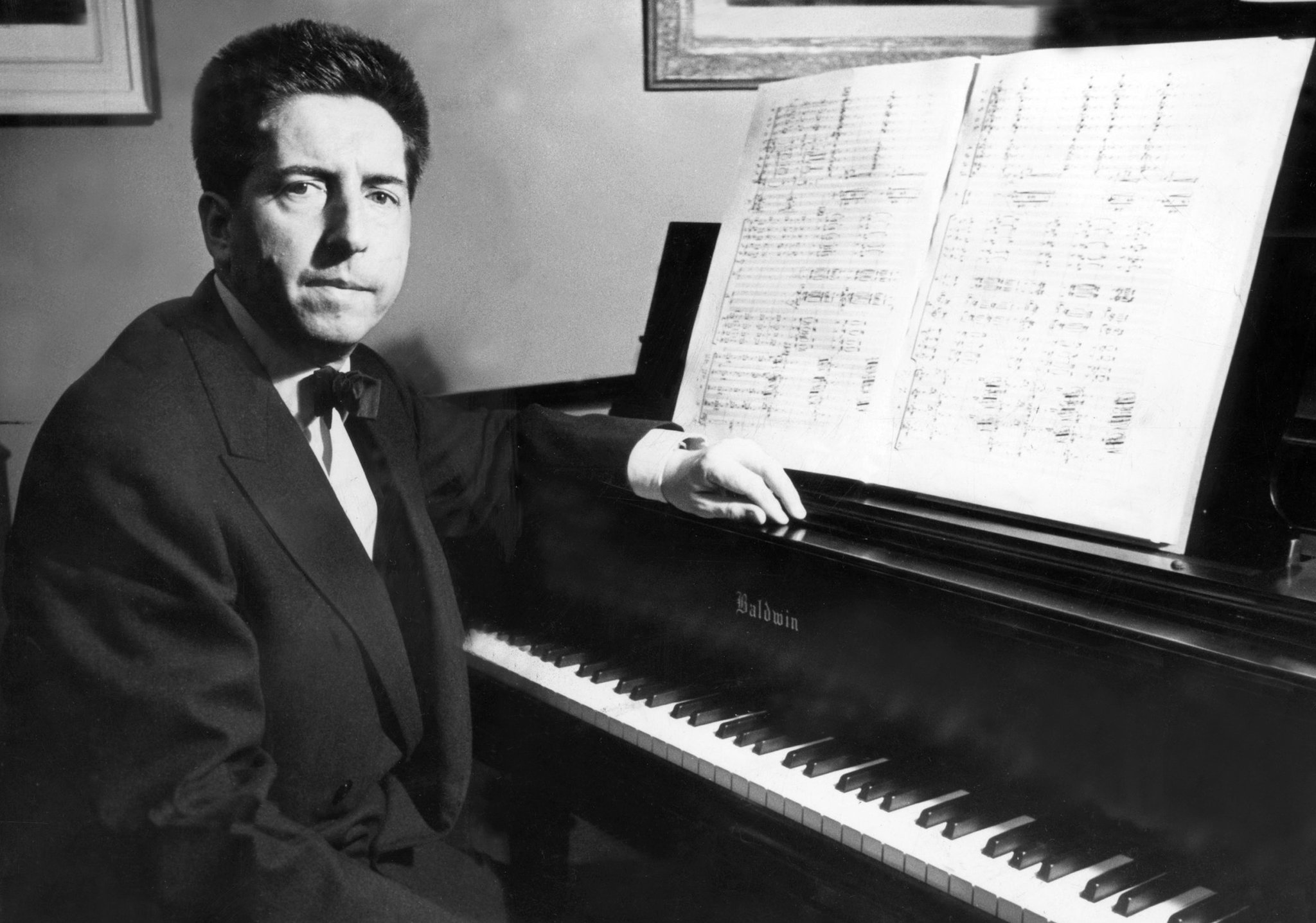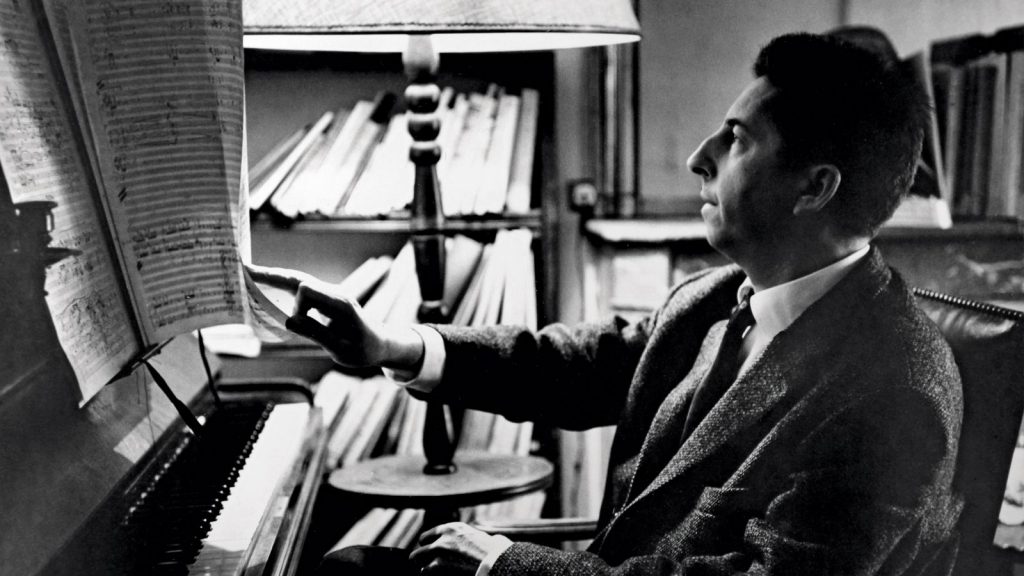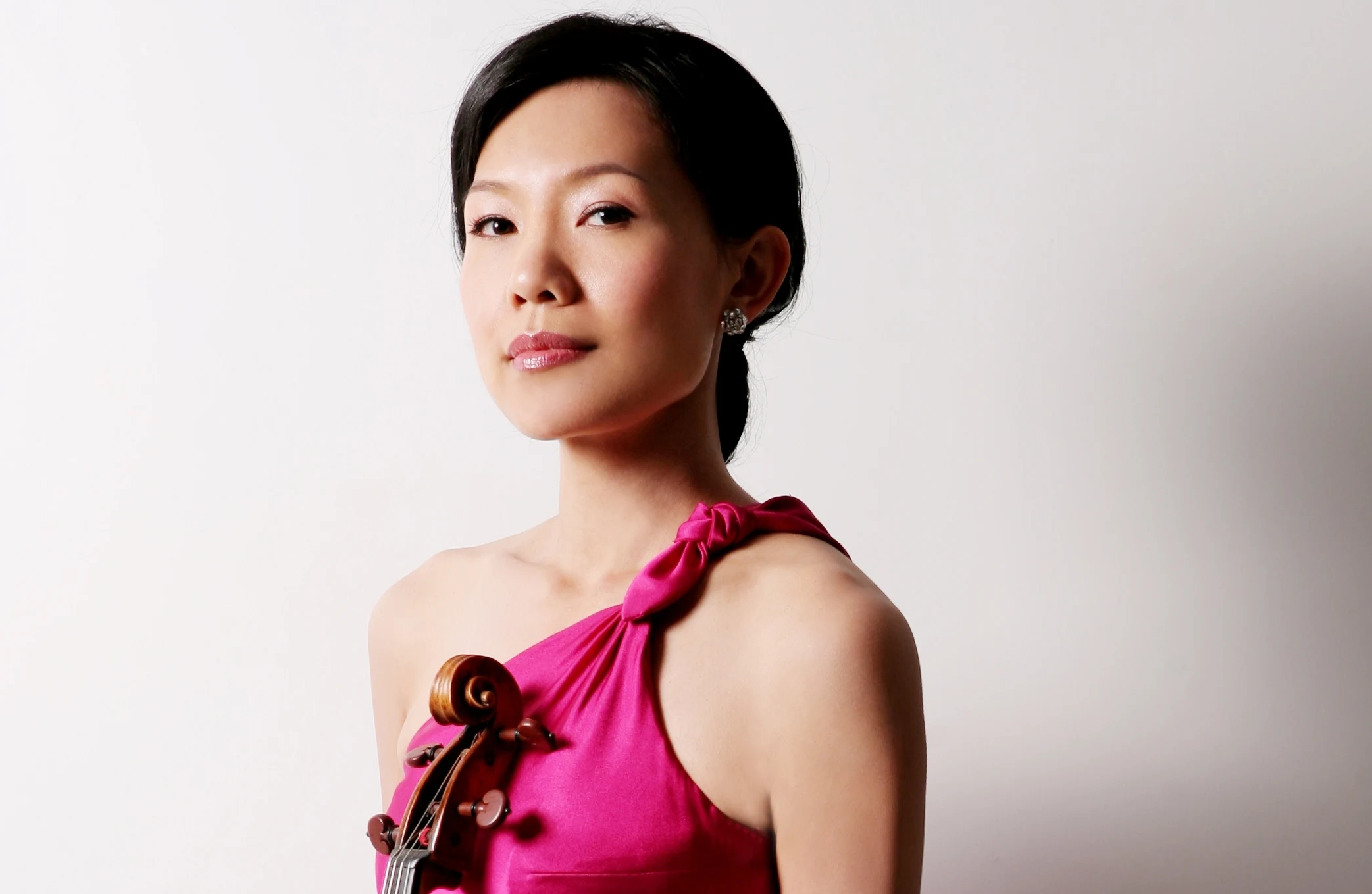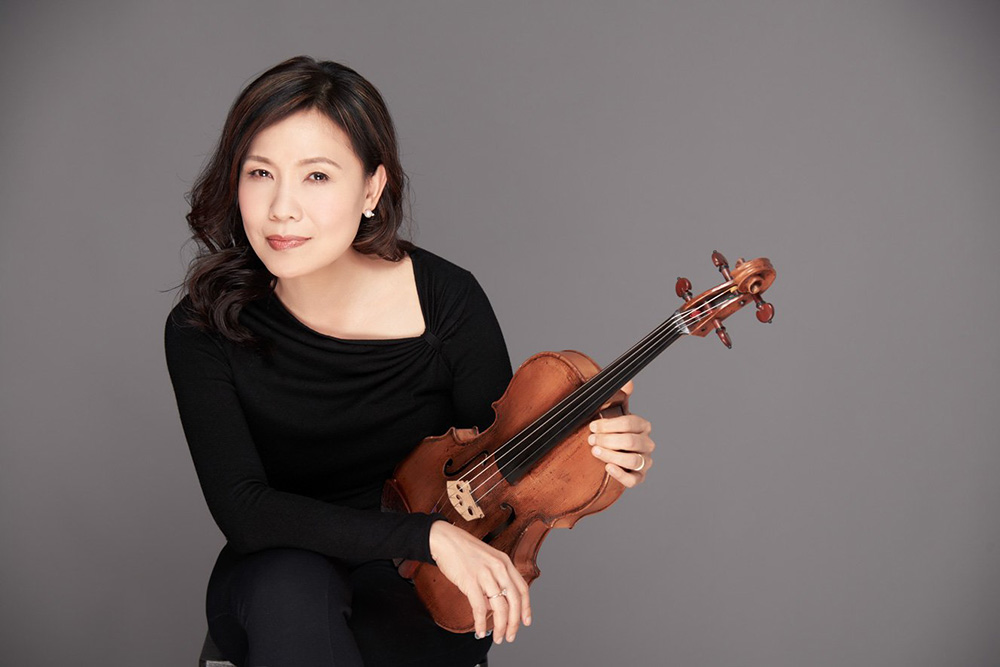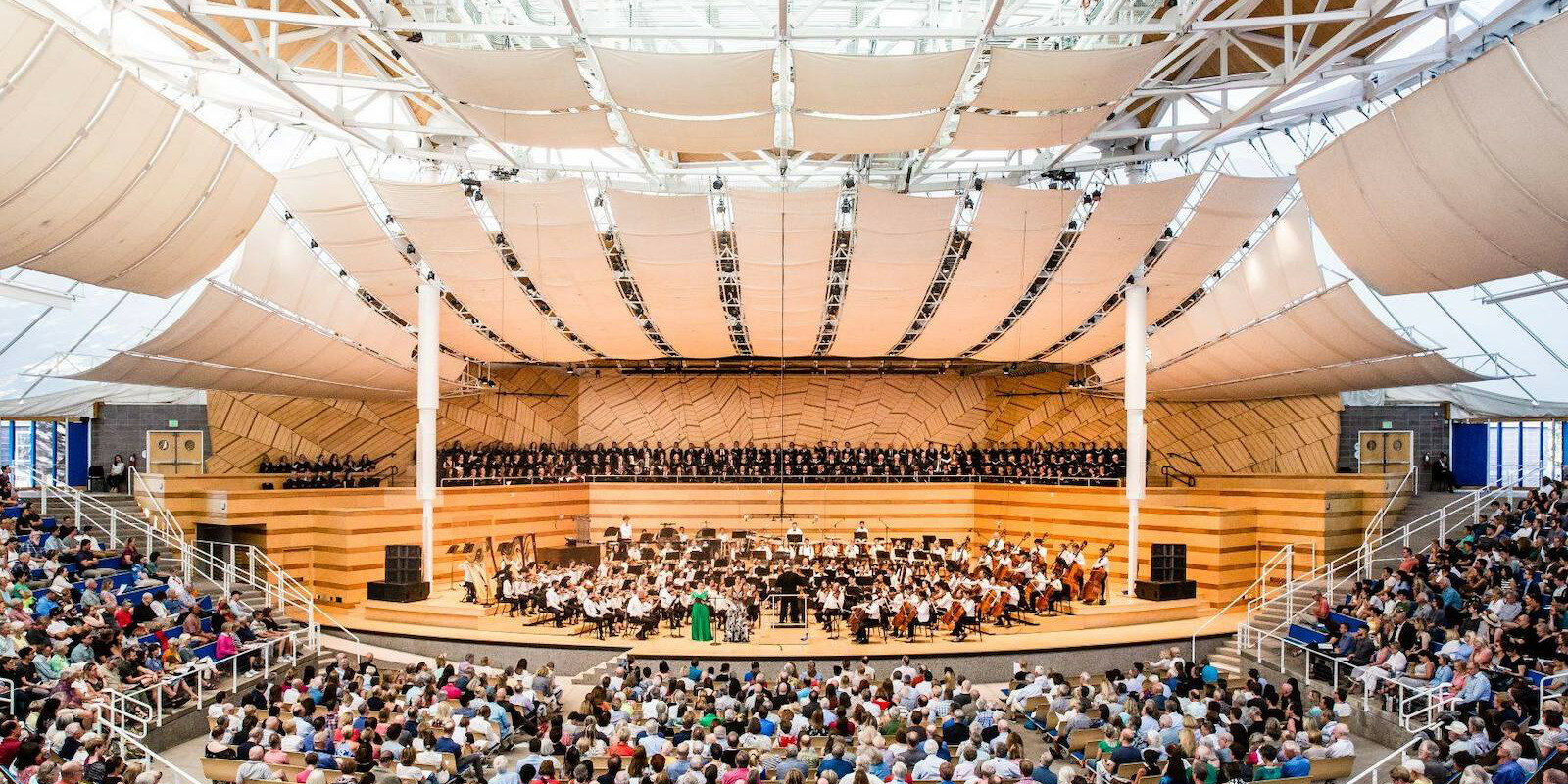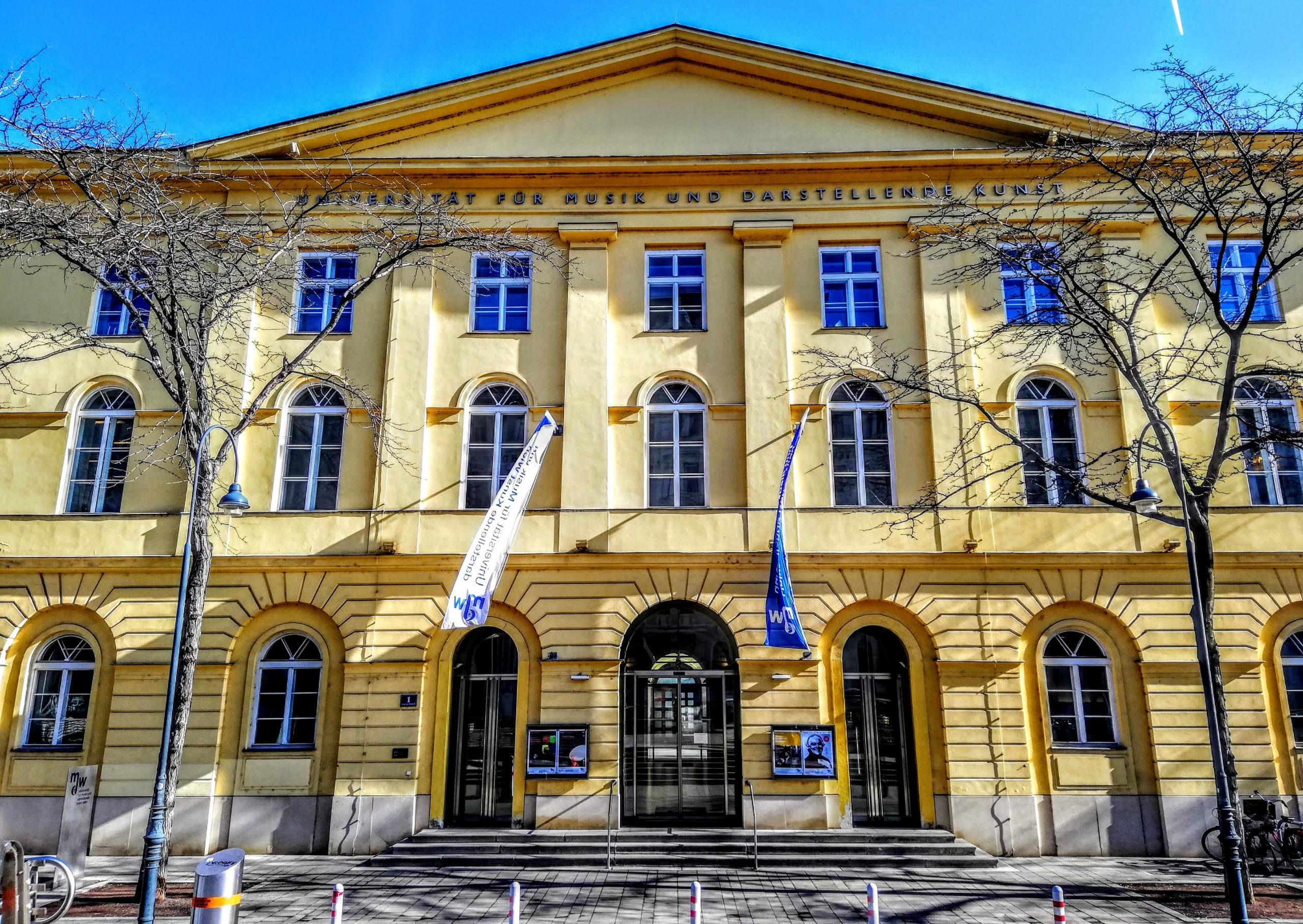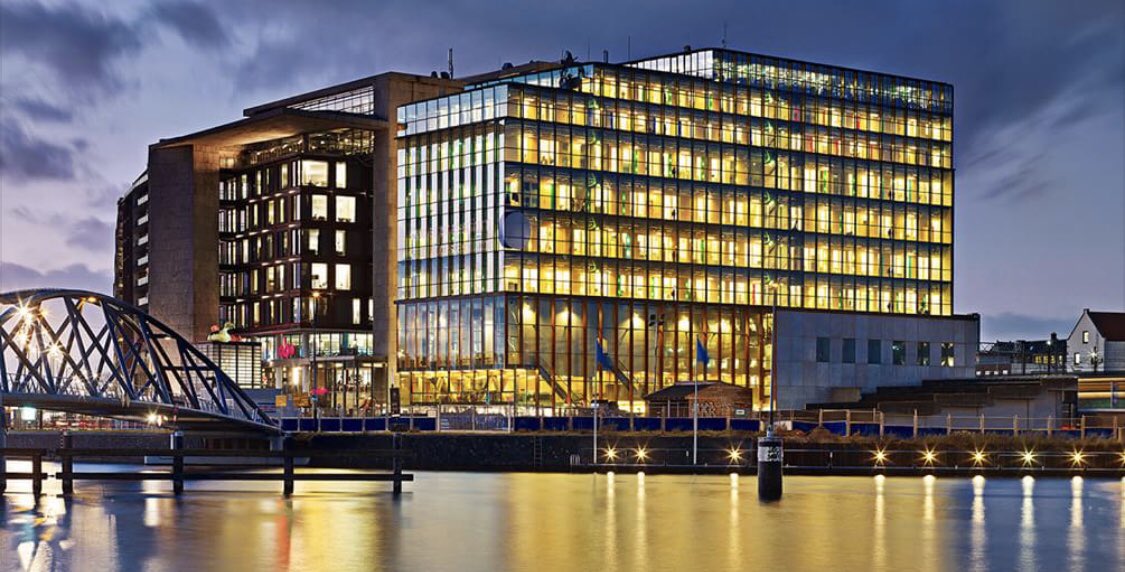A Monument for Beethoven – Yoav Levanon
Yoav Levanon’s Remarkable Debut
Yoav Levanon, a 17-year-old pianist hailing from Israel, made his debut on the Warner Classics label with “A Monument for Beethoven.” The question on everyone’s mind: Is this young virtuoso merely agile on the keys, or does he promise something more?
Opening his debut album with Franz Liszt’s technically demanding and artistically challenging B minor Sonata is a bold move. It’s the Mount Everest of piano literature, and setting it as the first track signifies a high bar to clear. But, it has to be truly exceptional.
Despite his tender age, Yoav Levanon displays remarkable tonal and technical confidence and sophistication. He navigates the rhythmically relentless, the diabolically lurking, the fiery, the frenetic, and the melancholic introspection with precision.
Levanon impresses not only with his artistic expression but also with his rhythmic precision. However, it would be almost audacious to expect perfection in every note of such a delicate and complex composition.
What truly matters is the bigger picture, the overall interpretation, not necessarily every chord or individual note in a virtuosic run. The young Israeli pianist exhibits an astonishing maturity in extracting the essence of the music, a quality he demonstrates throughout the other romantic solo pieces on the album. Liszt acts as the anchor, with the Sonata at the beginning and the Campanella Etude closing the album, while pieces by Chopin, Mendelssohn, and Schumann occupy the space in between.
Whether in Mendelssohn’s “Variations sérieuses,” Chopin’s Prelude, or Schumann’s lush Fantasie, Yoav Levanon expertly crafts impressive contrasts between a lyrical narrative, dry virtuosity, and meticulously balanced tonal shaping.
“A Monument for Beethoven” derives its title from the inauguration of the Beethoven monument in Bonn in 1845, celebrating the composer’s 75th birthday. All the composers featured on the CD contributed to this event, showcasing their artistic solidarity.
The connection between the album’s title and the program isn’t immediately apparent, lacking detailed musical context in the informative booklet. However, this is a minor quibble. All the featured works are intense and challenging compositions, inspired by Beethoven’s legacy, as the musical world evolved post-Beethoven.
What truly matters is this: Yoav Levanon effortlessly delivers virtuosity beyond boundaries. He not only displays flawless technical prowess but also exhibits a deep understanding in his interpretations, channeling emotions, sensitivity to sound, and depth that leaves you in awe.
